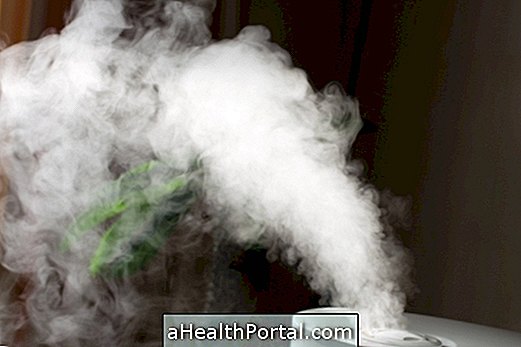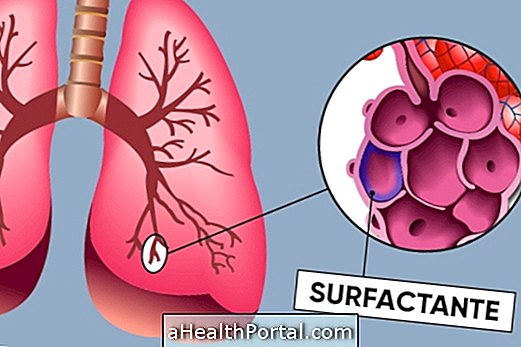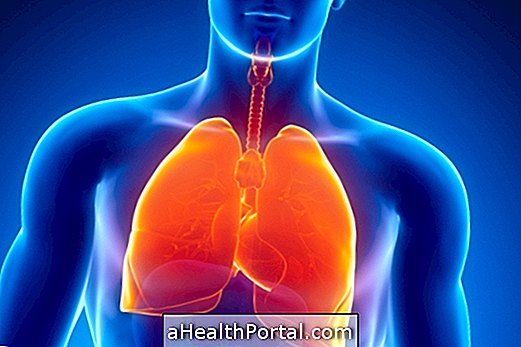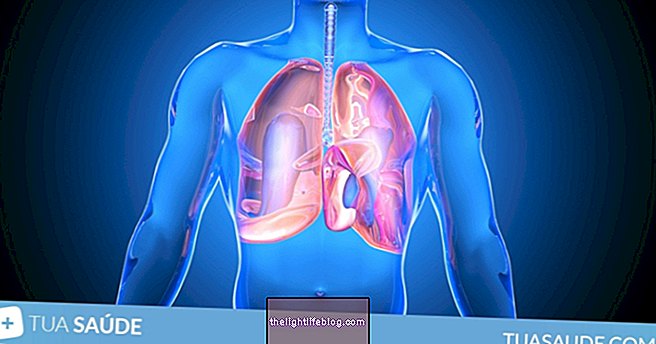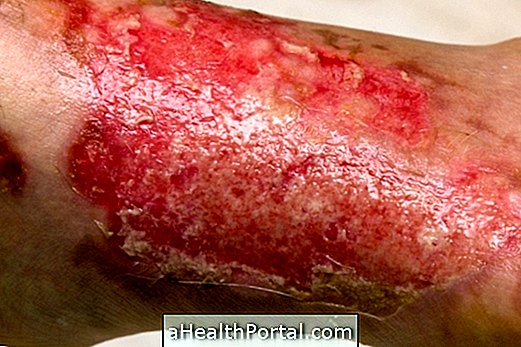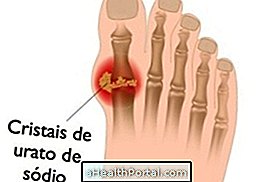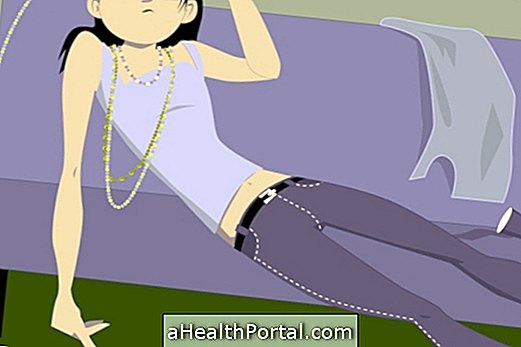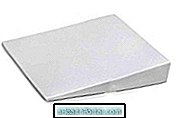The tests that can be used by the doctor to diagnose asthma can be:
- Spirometry: evaluates the narrowing of the bronchi by assessing the amount of air that can be exhaled after a deep breath and the rapidity with which the air is expelled out. Learn more at: Spirometry;
- Expiratory flow peak: evaluates the degree of airway obstruction through an apparatus that measures the velocity of air that is expired;
- Allergy test: can be done by applying the allergen on the skin or through the blood, identifying the substance to which the patient is allergic;
- Bronchial challenge test with medication or exercise: the doctor assesses whether there is an obstruction of the airway after giving a medication that will irritate or contract the respiratory tract or before and after the patient performs physical activity;
- Chest x-ray: Identifies if there is any abnormal anatomical structure or disease that is causing or aggravating asthma.



These tests help your doctor diagnose asthma, and you may need to do only one or two of these or all of them.
How is the diagnosis of asthma diagnosed?
To make the diagnosis of asthma, the doctor is usually based on the following parameters:
- Presentation of one or more asthma symptoms such as shortness of breath, coughing for more than 3 months, wheezing when breathing, tightness or chest pain, especially at night or in the early hours of the morning;
- Positive test results for diagnosing asthma;
- Improvement of symptoms after the use of asthma medications such as bronchodilators or anti-inflammatories, for example;
- Presence of 3 or more episodes of wheezing in the last 12 months;
- Family history of asthma;
- Exclusion of other diseases such as sleep apnea, bronchiolitis or heart failure, for example.
After the doctor diagnoses asthma through these parameters, he determines the severity and type of asthma, evaluates the best treatment and controls the patient regularly, adjusting the treatment, so that the asthma is controlled.
How is the diagnosis of childhood asthma diagnosed?
The diagnosis of childhood asthma should begin when the child has recurrent episodes of wheezing and wheezing and should be based on the following parameters:
- Cough usually dry or with expectoration mainly at night and in the morning;
- Frequent wheezing episodes;
- Wheezing and coughing induced by exercise, crying, laughing or by allergens;
- Improvement of symptoms with asthma medications;
- Symptoms that persist after 3 years of age and last for more than 10 days;
- Family history of asthma.
To complement these parameters, the pediatrician may recommend examinations such as chest X-rays, allergy exams and spirometry to exclude other diseases and diagnose asthma in children. To learn more about the symptoms and treatment of childhood asthma see: Symptoms of asthma in the baby.
Asthma severity
The severity of asthma can be classified according to the following table:
| Light | Moderate | Serious | |
| Symptoms | Weekly | Daily | Daily or Continuous |
| Need to wake up at night | Monthly | Weekly | Almost daily |
| Need to use a bronchodilator | Eventual | Daily | Daily |
| Limitation on activities | In crises | In crises | To be continued |
| Crises | Affect activities and sleep |
Affect activities and sleep | Common |
According to the severity of asthma, the doctor guides the appropriate treatment that usually involves the use of asthma medications such as anti-inflammatory drugs and bronchodilators.
